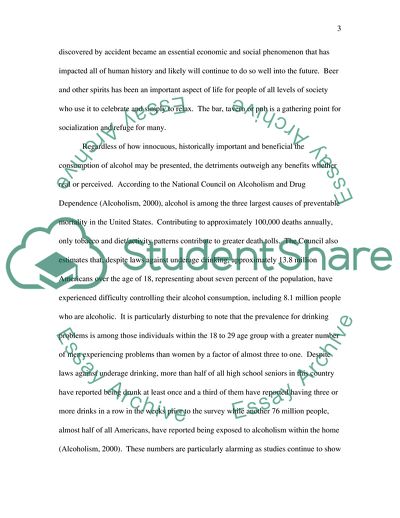Cite this document
(The Negative and Positive Effects of Alcohol Coursework, n.d.)
The Negative and Positive Effects of Alcohol Coursework. https://studentshare.org/social-science/1709897-the-negaitve-and-postive-effects-of-alcohol
The Negative and Positive Effects of Alcohol Coursework. https://studentshare.org/social-science/1709897-the-negaitve-and-postive-effects-of-alcohol
(The Negative and Positive Effects of Alcohol Coursework)
The Negative and Positive Effects of Alcohol Coursework. https://studentshare.org/social-science/1709897-the-negaitve-and-postive-effects-of-alcohol.
The Negative and Positive Effects of Alcohol Coursework. https://studentshare.org/social-science/1709897-the-negaitve-and-postive-effects-of-alcohol.
“The Negative and Positive Effects of Alcohol Coursework”. https://studentshare.org/social-science/1709897-the-negaitve-and-postive-effects-of-alcohol.


